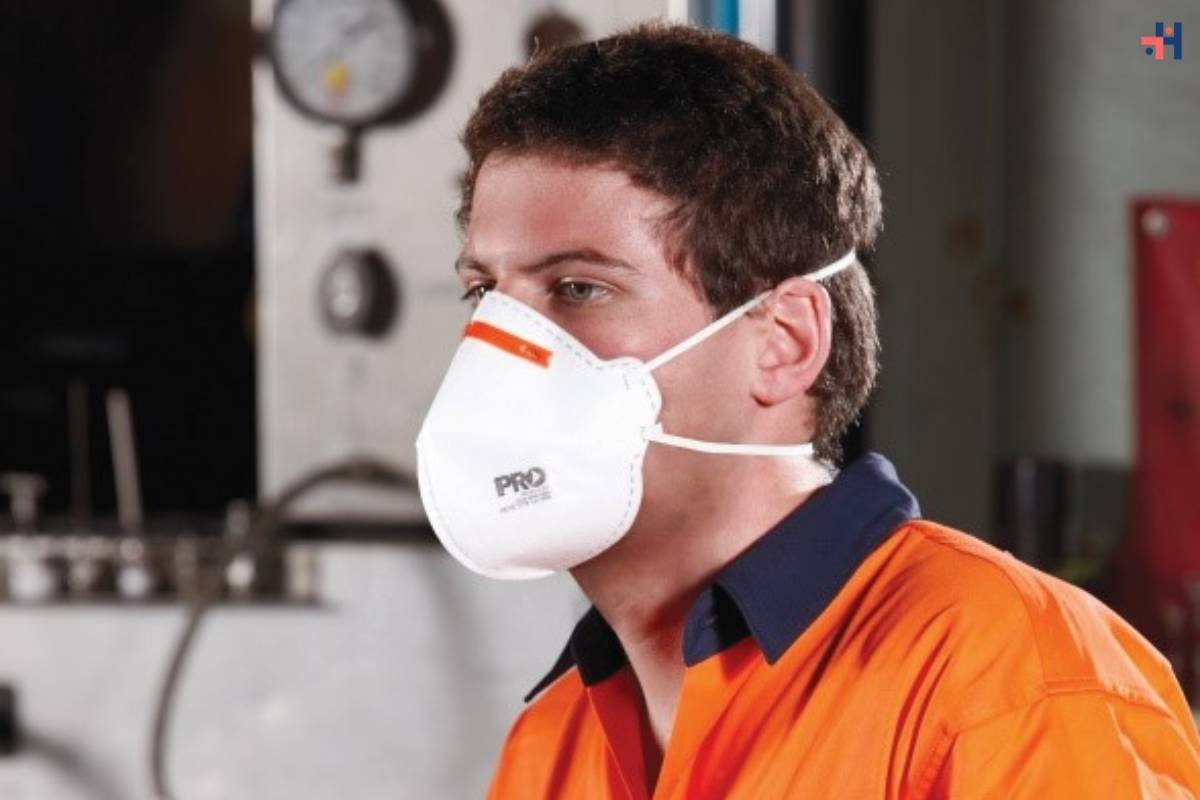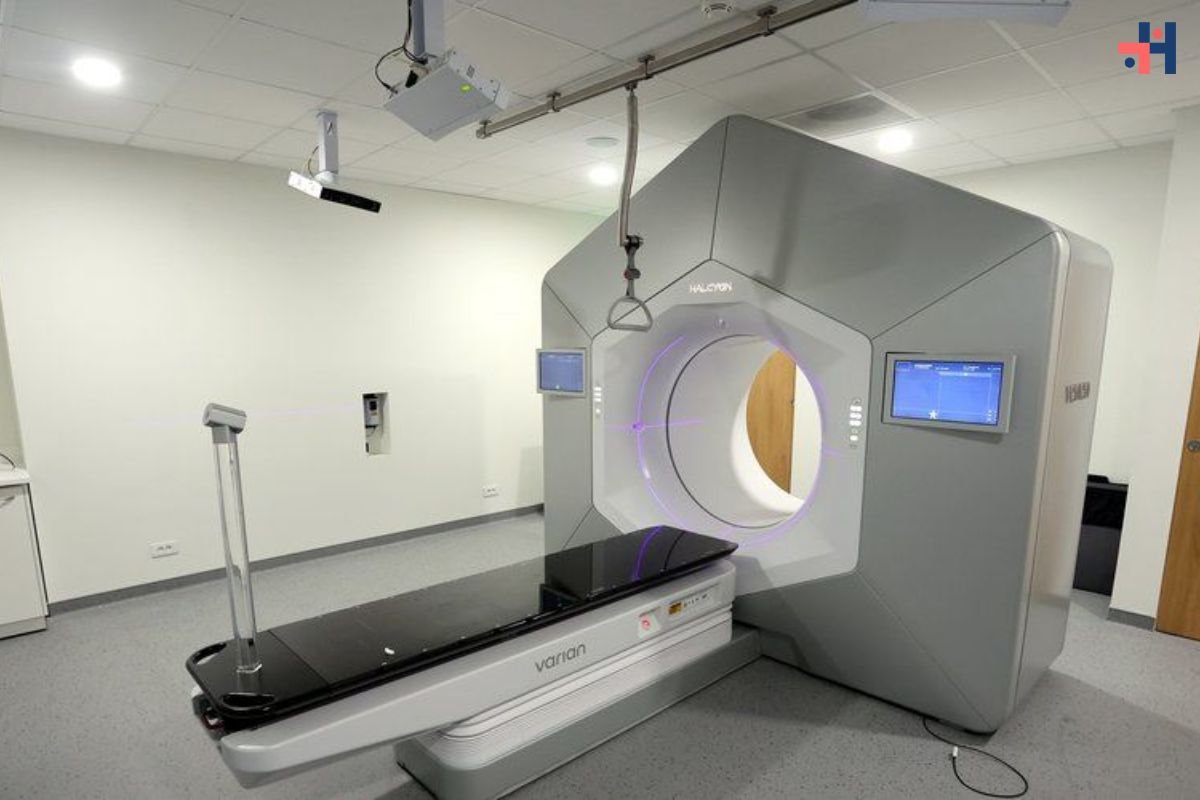The occurrence of haboobs and wildfires has become a major issue for many areas as our climate changes. In addition to posing immediate threats, these natural occurrences also carry long-term health risks, particularly with regard to respiratory health. We’ll go over four essential strategies for “breathing easy” during wildfires and haboobs in this in-depth article, offering helpful advice to protect your respiratory health in the face of these environmental threats.
Here are 4 essential strategies for “breathing easy” during wildfires and haboobs:
1. Stay Informed and Prepared:
- Breathing Easy Tip #1: The first line of defense against the impact of haboobs and wildfires on respiratory health is knowledge. Stay informed about local air quality reports, weather forecasts, and emergency alerts. Government agencies and meteorological services often provide real-time information about air conditions and potential hazards.

- Breathing Easy Tip #2: Prepare a basic emergency kit that includes respiratory protection. Keep N95 masks, which are designed to filter out fine particles, readily available for all family members. In the event of sudden air quality deterioration, having these masks on hand can make a significant difference in minimizing respiratory exposure.
2. Create a Clean Indoor Environment:
- Breathing Easy Tip #3: When haboobs or wildfires affect air quality, creating a clean indoor environment becomes crucial. Keep windows and doors closed to prevent outdoor air from infiltrating your home. Use air purifiers with HEPA filters to capture fine particulate matter, ensuring the air inside remains as clean as possible.
- Breathing Easy Tip #4: Establish a designated clean area within your home, preferably a room with minimal outside exposure. This can serve as a retreat during poor air quality episodes, providing a space where you can breathe easy without the risk of inhaling hazardous particles.
3. Proactive Respiratory Protection:
In the proactive realm of respiratory health, the concept of protection takes center stage when facing the onslaught of haboobs and wildfires. Proactivity becomes a shield against airborne particulates, emphasizing the importance of taking charge of your respiratory well-being. In this section, we delve into the strategic deployment of respiratory protection measures, offering insights on not only mitigating exposure but also fostering a sense of empowerment. By understanding the significance of proper mask usage, utilizing air filters, and embracing proactive outdoor strategies, you embark on a journey of resilience, where your respiratory health becomes a priority even in the face of environmental challenges.
- Breathing Easy Tip #5: Consider using respiratory protection measures when venturing outdoors during haboobs or wildfires. N95 masks, when worn correctly, can filter out a significant portion of airborne particles. Ensure a snug fit and follow proper usage guidelines to maximize their effectiveness in safeguarding your respiratory health.

- Breathing Easy Tip #6: Utilize specialized air filters in your home’s HVAC system to trap fine particles. High-efficiency filters, with a Minimum Efficiency Reporting Value (MERV) rating of 13 or higher, can enhance indoor air quality by capturing smaller particles that may infiltrate standard filters.
4. Maintain Respiratory Health:
- Breathing Easy Tip #7: Prioritize overall respiratory health through regular exercise and a balanced diet. Physical activity supports lung function and cardiovascular health, while a nutrient-rich diet contributes to the body’s ability to combat inflammation and oxidative stress caused by poor air quality.
- Breathing Easy Tip #8: Stay hydrated to help the body flush out toxins and maintain optimal respiratory function. Water is essential for mucous membrane health in the respiratory tract, acting as a natural defense mechanism against airborne particles.

Additional Considerations:
In the realm of respiratory health amid haboobs and wildfires, the significance of additional considerations cannot be overstated. Beyond the fundamental tips, these nuanced aspects delve into creating a comprehensive strategy for breathing easy. From fortifying your home against external pollutants to staying vigilant about respiratory symptoms, each facet adds layers of protection. In this section, we delve into the finer details of safeguarding your respiratory well-being, offering insights that go beyond the basics and empower you with a holistic approach to face the challenges posed by environmental uncertainties.
- Breathing Easy Tip #9: If haboobs or wildfires are imminent, consider creating a clean air room in your home. Seal any gaps, cracks, or openings in the room to minimize the infiltration of outdoor air. Use weather stripping and sealant to create a more airtight space.
- Breathing Easy Tip #10: Keep an eye on respiratory symptoms, such as coughing, wheezing, or shortness of breath. If you experience persistent or severe symptoms during periods of poor air quality, seek medical attention promptly.
- Breathing Easy Tip #11: Educate yourself about local evacuation plans and emergency shelters. In the event of an evacuation due to wildfires or other environmental hazards, having a plan in place ensures a smoother transition while prioritizing respiratory health.
- Breathing Easy Tip #12: Stay connected with local community resources and organizations that provide support during environmental emergencies. Community centers or local health departments may offer guidance on respiratory health protection measures and distribute essential supplies, such as masks.
Conclusion:
Given the increasing frequency of haboobs and wildfires due to climate change, respiratory health must be given top priority. Through the implementation of these four fundamental strategies for “breathing easy,” people and families can take proactive measures to safeguard themselves during times of low air quality. By employing these tactics—which range from being prepared and knowledgeable to maintaining a clean home—people can improve their respiratory health and gain the ability to overcome the obstacles presented by environmental risks. Recall that proactive strategies that promote resilience in the face of constantly shifting environmental conditions are just as important for respiratory health as responding to poor air quality.










